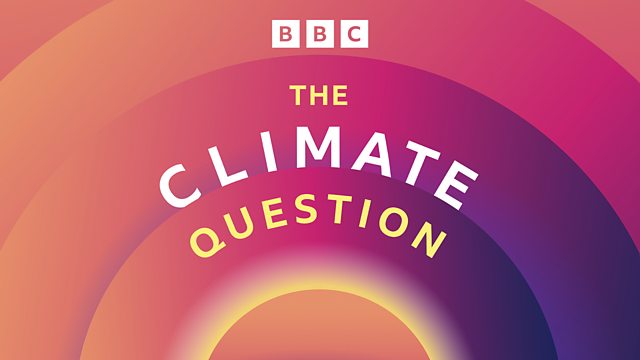What can we learn from the fight to fix the ozone hole?
In 1985 scientists discovered a dangerous hole in the earth’s atmosphere. Less than two years later, world leaders signed a landmark treaty banning the chemicals that cause it..
In 1985 British scientist Jonathan Shanklin and colleagues published a study that shocked the world. The study revealed a hole in the Earth’s atmosphere right over Antarctica. It had been caused over time by chemicals known as CFCs, used in things like fridges, air conditioning units and aerosol cans. These were destroying the layer of ozone in the stratosphere which protects us from most of the sun's ultraviolet radiation - without it, cases of skin cancer would soar. Less than two years after the discovery, world leaders signed an agreement called the Montreal Protocol, committing to phase out CFCs. It has been described as the most successful international treaty of all time - every UN country has signed up, and ozone is expected to return to its previous levels around the middle of the century.
So what can we learn from how we tackled the ozone hole in how we address climate change?
Presenters Neal Razzell and Kate Lamble are joined by: Jonathan Shanklin, Meterologist at the British Antarctic Survey, Dr Paul Newman, chief scientist for Earth Science at the Nasa Goddard Space Flight Center, Tina Birmpili, former executive secretary of the Ozone Secretariat, Dr Anita Ganesan, associate professor of Atmospheric Chemistry at the University of Bristol.
Producer: Sophie Eastaugh
Researcher: Natasha Fernandes
Last on
Broadcasts
- Mon 29 Nov 2021 02:32GMTΒι¶ΉΤΌΕΔ World Service
- Mon 29 Nov 2021 09:06GMTΒι¶ΉΤΌΕΔ World Service
- Mon 29 Nov 2021 13:32GMTΒι¶ΉΤΌΕΔ World Service East and Southern Africa, South Asia, West and Central Africa & East Asia only
- Mon 29 Nov 2021 20:06GMTΒι¶ΉΤΌΕΔ World Service Online, Americas and the Caribbean, UK DAB/Freeview & Europe and the Middle East only
- Mon 29 Nov 2021 21:06GMTΒι¶ΉΤΌΕΔ World Service except Online, Americas and the Caribbean, Europe and the Middle East & UK DAB/Freeview
Featured in...
![]()
Climate change: How it is affecting lives and the fight for change—Βι¶ΉΤΌΕΔ World Service special collections
The effects of climate change are destroying lives, environments and livelihoods
Podcast
-
![]()
The Climate Question
Why we find it so hard to save our own planet, and how we might change that.



